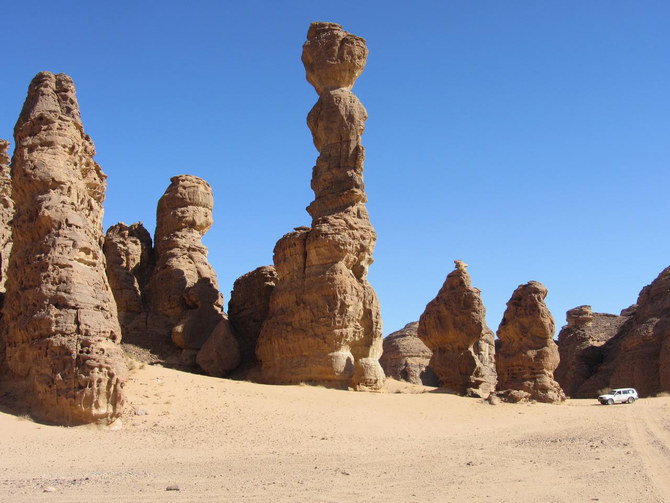RIYADH: Following the approval of the Saudi Committee for Stratigraphy, the Saudi Geological Survey, also known as the SGS, has launched research on sedimentary sequences in the Kingdom.
The study will help researchers determine the stratigraphic sequences of sedimentary rocks, as well as sedimentary environments and various geological structures, because of the role they play in facilitating mineral exploration in the Kingdom.
Tariq Aba Al-Khail, spokesman for the SGS, said the committee has issued a unified geological column for sedimentary sequences extending for 541 million years, from the Paleozoic era to the modern era.
The committee consists of officials from Saudi Aramco, King Saud University, King Abdulaziz University, King Fahd University of Petroleum and Minerals, Taibah University, the Ministry of Environment, Water and Agriculture, and King Abdulaziz City for Science and Technology.
The sequences can refer to these eras through their sedimentary covers, as well as their different ages and divisions, which explain the sedimentary environments hosting industrial and basic metals existing in the Kingdom. This includes radioactive elements such as uranium and thorium, in addition to rare earth elements.
They will also contribute to determining the geology of water reservoirs and its importance in exploring the largest hydrocarbon reserves in the world, in addition to aiding in petroleum discoveries.
















